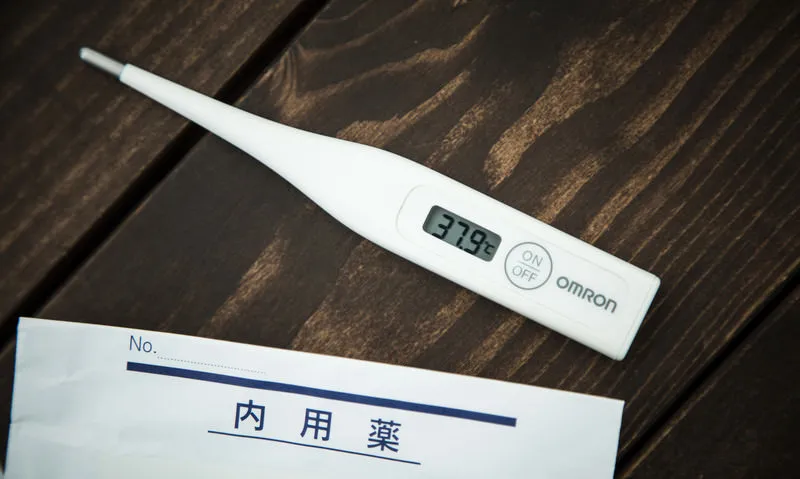November 8, 2023
Telemedicine in Japan
Transforming healthcare in Japan: Discover the benefits and implementation of telemedicine
Discover the benefits and implementation of telemedicine in Japan as it transforms healthcare with accessible and convenient remote healthcare services. Learn how patients can consult with doctors, receive diagnoses, and get prescriptions from the comfort of their own homes, minimizing travel and wait times.
With the advancements in technology, healthcare services have become more accessible and convenient. Telemedicine, also known as telehealth, is one such innovative solution that is transforming the way medical care is delivered. In this article, we will explore the implementation and benefits of telemedicine in Japan.
Overview of Telemedicine
Telemedicine involves the use of telecommunications technology to provide remote healthcare services. Through this virtual platform, patients can consult with doctors, receive diagnoses, and get prescriptions, all from the comfort of their own homes. This eliminates the need for in-person visits, minimizing travel and wait times.
Telemedicine in Japan
Japan, known for its technological advancements, has embraced telemedicine to enhance its healthcare system. The country has a rapidly aging population and a shortage of healthcare professionals, making telemedicine a viable solution to bridge the gap. In recent years, the Japanese government has introduced policies to encourage telemedicine utilization.
Telemedicine in Japan is primarily delivered through secure video consultations. Patients can connect with doctors using their smartphones or computers, enabling real-time interactions and assessments. Additionally, electronic health records are integrated into the telemedicine platforms, ensuring seamless access to patient information.
The Benefits of Telemedicine
Telemedicine offers numerous benefits for both patients and healthcare providers. Firstly, it improves accessibility, especially for individuals residing in rural areas or those with limited mobility. Patients can easily connect with healthcare professionals without the need for long-distance travel.
Secondly, telemedicine enhances convenience by eliminating the need for physical visits. This saves valuable time for patients and allows them to receive timely medical advice. It also reduces the burden on hospitals and clinics, enabling them to focus on critical cases.
Furthermore, telemedicine reduces healthcare costs by minimizing transportation expenses and hospital stays. It also helps in preventing the spread of contagious diseases by limiting contact between individuals. During the COVID-19 pandemic, telemedicine has played a vital role in ensuring continuity of care while maintaining social distancing measures.
Conclusion
Telemedicine is revolutionizing healthcare in Japan, providing accessible and convenient medical services to its population. Through its adoption, the country is meeting the challenges of an aging society and healthcare workforce shortage. With the potential to improve patient outcomes and reduce healthcare costs, telemedicine is set to play an increasingly vital role in the future of Japanese healthcare.
Relevant, Concise Title: Telemedicine Revolutionizing Healthcare in Japan


